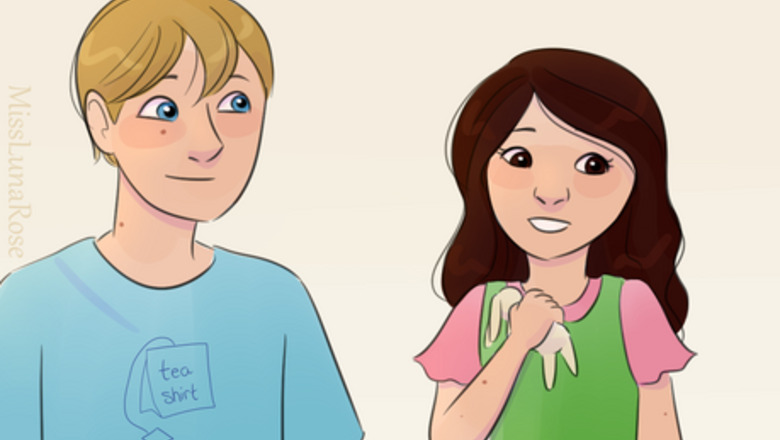
views
Noticing General Signs
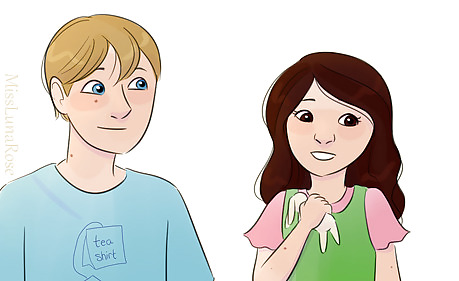
Check up on them regularly. Ask how their day was, and listen closely, asking questions to help you understand better. This will strengthen the bond between you, and let them know that they can confide to you when they have a problem. Mentally ill children may have more bad days, and/or experience more physical symptoms, like headaches and stomachaches.
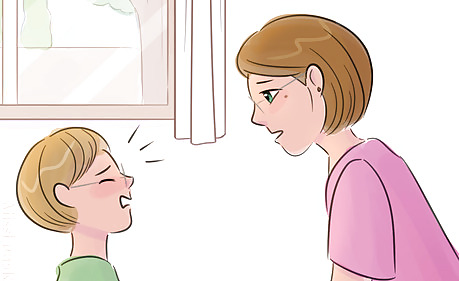
Note any drastic changes in behavior or personality, particularly any out-of control behavior. Mentally ill children may experience strong and overwhelming moods, that can lead to surprising behavior. Some mentally ill children become aggressive: fighting frequently, using weapons or expressing a desire to badly hurt others Others become overly passive: withdrawing from other people, losing interest in their favorite activities, neglecting to make decisions Some might swing between two extremes. For example, sometimes they may act hyper and giddy, then quickly become crabby and lethargic.
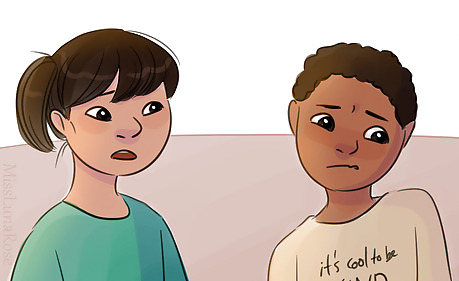
Notice if a child struggles with things that used to come more easily to them. If a child is suddenly having problems with school, friends, or other areas of life that weren't usually too difficult, it may be a sign that they are struggling emotionally. If a child is withdrawing and showing less interest in things they used to enjoy, this can also be a sign of mental illness.
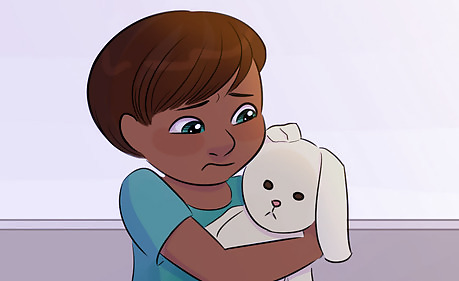
Look for mystery illnesses. Mental illnesses can cause physical symptoms of stress. If a child has mysterious aches, pains, or complaints, then it may be a sign that they are struggling emotionally. Headaches Stomachaches Soreness/tension Sleeping trouble or fatigue Mystery illnesses (e.g. fever and exhaustion) that doctors can't seem to explain
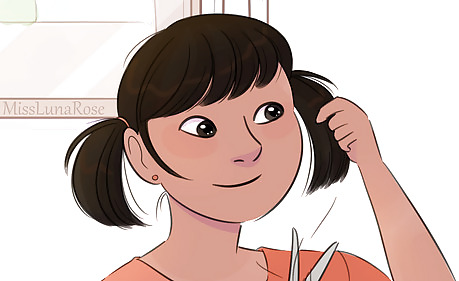
Pay attention to acting out. Children may act out because they don't know how else to express their frustration, or as a cry for help. If a child begins acting out, don't immediately call them naughty and plan the best punishment. Calm them down and then ask why they did what they did. All kids act impulsively and make mistakes sometimes. But drastic behavior can be a cry for help. If they can't provide a good reason regarding why they did something, it was probably due to overwhelming emotions.
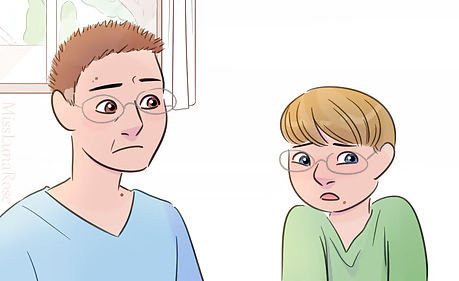
Notice what they talk about, and what they draw pictures about. This can give hints about their mental state, and what's on their mind. A child with anxiety may ask repetitive questions about things they are afraid of, like "What if there's a tornado?" or "Mom will drive safely, right?" A child with depression may talk or draw pictures about death.
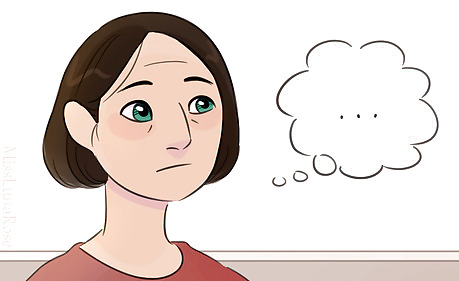
Pay attention to changes in self-care habits. Mental illness can impact their eating habits, sleeping habits, and personal hygiene. Sleeping much more or less than usual, or reporting frequent nightmares Eating more or less than usual Ignoring personal hygiene
Focusing on Specific Disorders
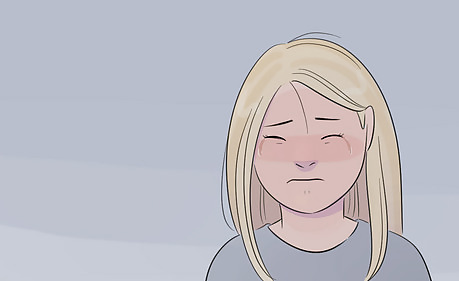
Know that lethargy and bad moods can be signs of depression. Depression is much more than just sadness: it can involve loss of interest in favorite things, low self esteem, irritability, low motivation, and other problems.
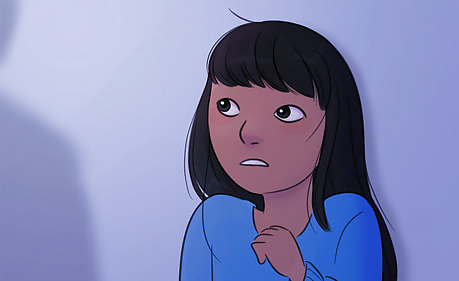
Keep in mind that a high-strung, nervous child may have an anxiety disorder. Social anxiety involves an intense fear of being judged and rejected by other people. The child might avoid socializing, and seem distressed when interacting with others. PTSD happens after a traumatic event, like experiencing or witnessing abuse, going through a natural disaster, or being in an accident. The child becomes hypervigilant and terrified of the thing happening again. Repeated stress can cause complex PTSD. OCD involves obsessive thoughts, and compulsive rituals (like counting or repetitive checking) that ease the child's worries. Panic disorder causes panic attacks, in which the child is overcome by anxiety. They might experience signs like shortness of breath, shakiness, dizziness, fear that they're dying, nausea, sweating, and other signs. Phobias are fears of a specific thing, like needles or clowns. While most people are afraid of a few things, a phobia is severe enough to affect ordinary life. Generalized anxiety is anxiety not attached to a specific thing. The child might fear things they have little or no exposure to, like natural disasters or a bad thing that happened in the news.
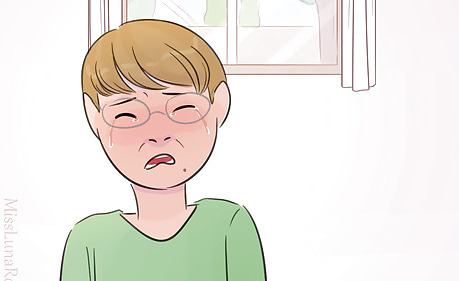
Recognize that extreme mood swings may be a sign of bipolar disorder. Children with bipolar disorder will have "normal" moods sometimes, but sometimes experience manic episodes and depressive episodes. Manic episodes can involve hyperactivity, excitement, recklessness, sleeplessness, nonstop talking, and other signs. Depressive episodes can involve lethargy, sadness, inattention, appetite changes, withdrawal, and other problems. Mixed episodes involve both manic and depressive symptoms (e.g. being hyperactive and extremely chatty, but also withdrawing and not wanting to eat).
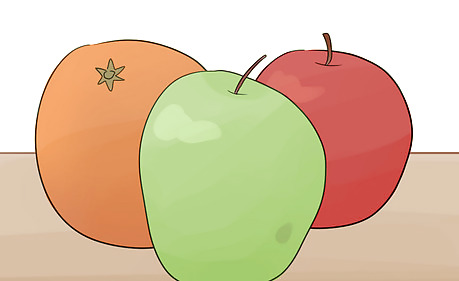
Pay attention to unhealthy eating habits that may point to an eating disorder. Even if your child's weight isn't extreme, eating disorders are extremely dangerous and should be addressed right away. Anorexia can involve starvation and over-exercising. The child is obsessed with losing weight. They may worry about being "fat." Bulimia involves episodes of binge eating, followed by guilt-driven "purging" by inducing vomiting or using laxatives. Signs of anorexia might also be there. Binge eating involves episodes of eating too much and feeling "out of control." Orthorexia involves an obsession with only eating certain kinds of food. The child may pore over food labels, and cut out certain kinds of food (like gluten, or genetically modified plants) from their diet. They may be rude to others who don't follow the same self-imposed dietary restrictions. Pica involves eating objects that aren't food (like hair, chalk, or paint). Avoidant/Restrictive Food Intake Disorder involves a willingness to only eat a few certain kinds of foods (often less than 20). Unlike other eating disorders, the child is not obsessed with weight. ED-NOS (which stands for Eating Disorder, Not Otherwise Specified) is the diagnosis given to people who have eating disorders that don't quite fit the above labels. Some conditions, like Sensory Processing Disorder, can be mistaken for eating disorders.
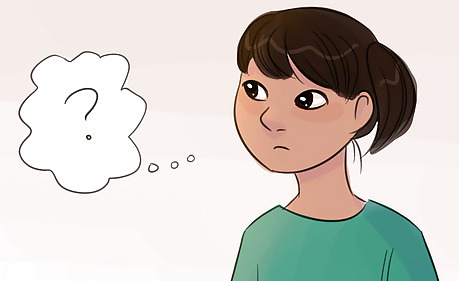
Recognize that a disconnect from reality may mean schizophrenia or another psychotic disorder. The child might behave strangely, be moody, seem very scared (because hallucinations can be scary), withdraw, and no longer take good care of themselves. They might confuse things that happen in stories with real events. Keep in mind that very young children can have trouble distinguishing between fantasy and reality sometimes. This isn't always a sign of a problem. Talk to a doctor if you think that the child's behavior seems unusual for their age.
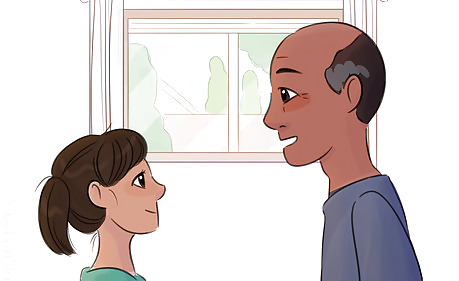
Remember that there are many kinds of mental illnesses. This article lists some of the most common conditions, and it's not meant to be an all-inclusive list.
Considering Other Explanations
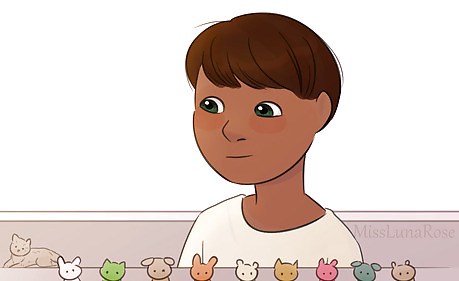
Look at conditions that don't fall under the umbrella of mental illness. It's possible that the child's behavior may be explained by a disability, a disorder that isn't emotional in nature, or something else. ADHD can involve impulsivity, difficulty focusing, and hyperactivity. It's possible for people to have inattentive type, hyperactive type, or combined type ADHD. Autism usually includes developmental delays and quirks, intensely passionate interests, repetitive behavior (which is calming instead of purely fear-driven), strong emotions, honesty, and social confusion. Gender dysphoria in transgender children can mimic or involve depression, especially if the child isn't given the opportunity to be themselves. The right support can greatly reduce mental health risks. Oppositional defiant disorder can involve angry outbursts, arguing, spiteful behavior, and resentment. The child may perceive themselves as a victim, and retaliate towards others often. Personality disorders typically develop in teen or young adult years. They often but not always develop as coping mechanisms after mistreatment (like bullying or abuse), and often have genetic components too. Tic disorders can involve involuntary movements, like twitches or vocalizations. The child can't control them.
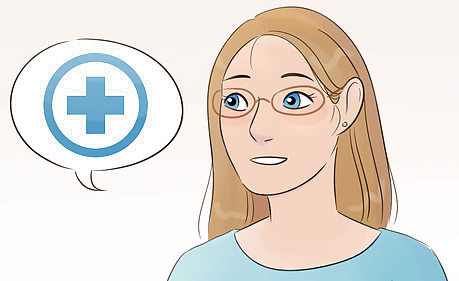
Know that physical problems can affect stress and behavior. For example, a hormone problem might affect a child's mood. It's important for them to get a full check-up to help figure out what's going on.
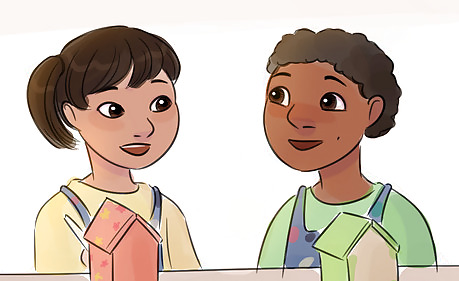
Notice how the child's same-age peers behave. If you don't have much exposure to kids of the same age as the child, you may not have much knowledge of typical behavior for that age. For example, perhaps you think that your 4-year-old is whiny and impatient, and then discover that other 4-year-olds are like that too.
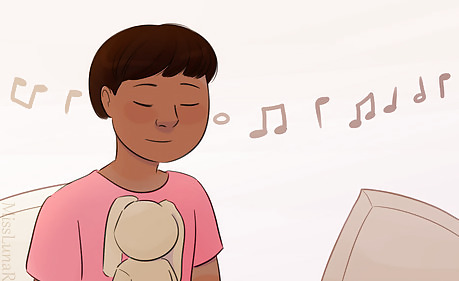
Keep in mind that some kids just have different personalities. If your child has a personality that is very different from yours, then you might struggle to understand them. This doesn't mean that anything is wrong with them (or with you!). Introverted kids might want lots of downtime. They may not want to do after-school activities, and prefer to relax at home. A healthy introvert will enjoy their quiet time, and be happy with being alone for a while. Extroverted kids might seem hyper or "over-the-top." Highly sensitive kids might be deeply emotional, imaginative, and empathetic. People might think they tend to "overreact" and be "too sensitive." They need extra patience and understanding, and lots of down time.
Seeking a Diagnosis
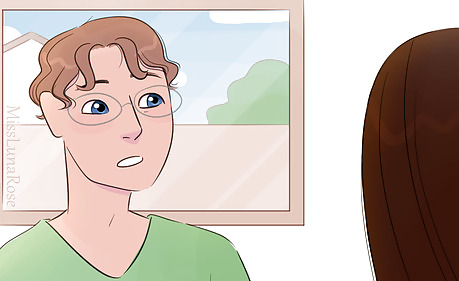
Talk to other adults who help take care of the child. Try talking to teachers, daycare workers, babysitters, and anyone else who helps out. Explain the behavior you've noticed in the child, and ask if they've noticed problems too.
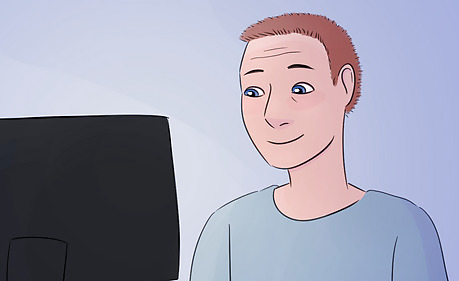
Do some research. If a condition sounds like it might describe your child, look it up. Read professional articles, and also articles by people who have the condition, and their parents. Your goal isn't a home diagnosis, but to help bring up things you might not have considered. Don't get too attached to one diagnosis early on. You can read symptom lists to see if they mention things you should keep in mind, but you can't diagnose the kid. After you get a diagnosis, you can look up parenting tips to see what helps kids with the disorder(s). Keep in mind that it's possible for a child to have multiple conditions. For example, a child might have both PTSD and OCD, or ADHD and an eating disorder.

Try writing down some of the things you've noticed. What habits, traits, and issues have you seen? It can help to organize your thoughts and prepare for a doctor visit.
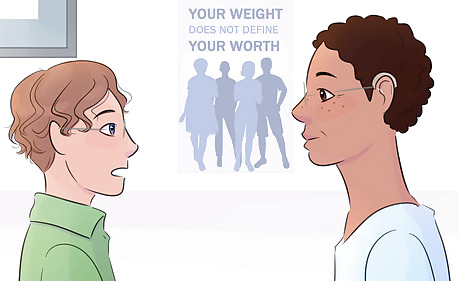
Talk to your pediatrician. Explain what you've noticed in the child, and ask for advice. They may be able to diagnose your child that day, or they may refer you to a specialist. You can bring along any papers and records you want, either to show the doctor or to help yourself remember everything important. Most doctors are good listeners, but it's okay to get a second opinion if needed.












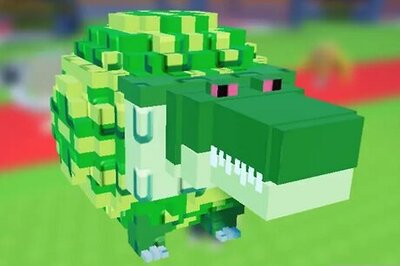




Comments
0 comment